
What are the major forces shaping grocery trends?
What can we expect of global grocery trends this year? IGD innovation expert Laura May offers some insights and predictions from its latest report on the global food and consumer goods industry.
The retail industry has had a very exciting year in 2014. What can we expect this year in terms of the major driving forces and developments that could affect the growth of the industry, especially for food and consumer goods?
Laura May: From drones to big data, startups to smart living, we at IGD believe there are several future-shaping areas to look out for across the food and consumer goods industry this year. The top five would be supply-chain innovation — what we see as a store-to-door transformation, the inter-connection between new technologies, having a finger on the data pulse, big businesses fighting back, and businesses as custodians for customers.
Can you elaborate on these trends? The first would be that related to the supply chain.
May: Yes, we expect 2015 to be a year for supply-chain innovators to shine. As online grocery sales rise in every major market, and the distinction between online and in-store shopping continues to blur, the industry will need to create new solutions for shoppers to order and receive products anytime, anywhere. Pioneers include Amazon, currently experimenting with drone deliveries to reach shoppers within 30 minutes, as well as collaborations such as e-tailer Yihaodian with convenience chain FamilyMart in China, adding hundreds of new pick-up points in prime locations. However, in tough trading conditions, the cost-benefit equation will be critical and retailers will seek ingenious ways to deliver quick, accurate service as efficiently as possible.
And the second trend — on technology?
May: We liken it to “when technologies collide”. The number of smart connected objects worldwide can reach almost five billion this year and 25 billion by 2020*. This will include new technol-
ogies, such as the Mink 3D cosmetics home printer, plus a widening array of everyday products that interconnect. For instance, Xiaomi’s air purifier sends an alert to your smartphone if air quality dips or its filter needs changing. As the industry explores further how to interact with consumers in their home, on the go and in the store, we’ll see some exciting developments this year.
What about having our finger on the data pulse?
May: As societies across much of the world wrestle with ageing populations and rising obesity, health is a universal topic. New breakthroughs will arise from the use of devices such as smartphone apps and wearable tech to help people track their health continuously and in detail, from calories burnt to UV light exposure. If users can be persuaded to share this data, it will help companies to deliver personalised communication to help make healthier choices. One company that’s already picking up on this is US retailer Walgreens, rewarding members of its loyalty scheme with extra points for each mile they walk, run or cycle.
And there will be a chance of us seeing the big retailers making a strong comeback too?
May: Last year, many long-established industry giants were severely challenged by innovative and agile businesses of various shapes and sizes. In 2015, we’ll see which big businesses can react, adapt and return to form. We’re sure to see retailers revealing new pricing tactics, such as Morrisons, the first retailer in the UK to price-match Aldi and Lidl. Creating new “Stores of the Future” will be vital, as retailers pursue ways to provide a shopping experience that stands up to, and complements, online.
You also mentioned that we’re likely to see retailers becoming more reactive to consumer expectations …
May: Shoppers are increasingly expecting an “access all areas” visibility into companies to help them make informed and ethical purchasing decisions. This year, we’ll see further big advances along the road towards total transparency as businesses seek to make the right calls on behalf of their consumers to earn and maintain trust.
*Source: Gartner Inc., November 2014


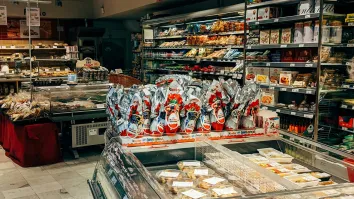

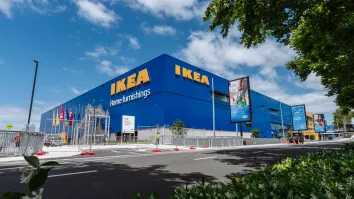
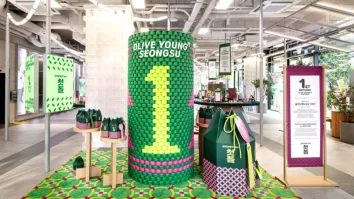


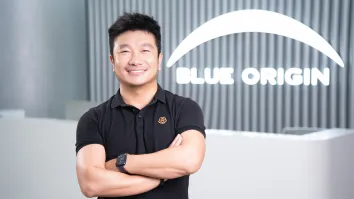









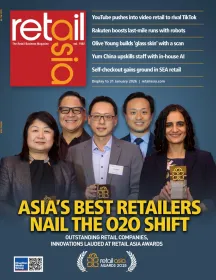
 Advertise
Advertise






